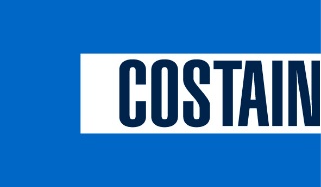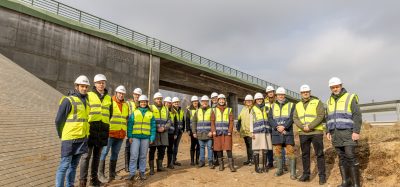Mind the gap project aims to improve passenger access and safety
Posted: 4 December 2018 | Global Railway Review | No comments yet
A new project is focused on passenger accessibility and safety, with the end goal of ensuring the railway is easily usable for all.


The Rail Manufacturing Cooperative Research Centre (CRC) has decided to fund an innovative project to improve access for Australian rail passengers getting on and off trains.
Partnering with Downer Group and Monash University, this 18-month project involves manufacturing and testing a device that can be used between a station platform and the train door to close the gap when passengers board and alight the train.
The project’s key goal is to support more accessible travel options for train passengers.
“To address transport objectives set in Disability Standards for Accessible Public Transport, this project is driven by the need to improve travel experiences for all Australian train commuters,” said Dr Vincent Moug, the Lead Project Researcher within Monash’s Mobility Design Lab.
The project will assess the design and engineering requirements for a gap-filling polymer-based solution, invented by Monash University, including testing the product’s safety, durability, engineering feasibility and operational functionality.
“A key element of the project is to assess whether the solution is best attached to either the train station platform or the train itself, which will be tested in field trials across Melbourne,” said Mike Ayling, Downer’s GM Digital Technology and Innovation.
The gap-filling solution will be prototyped using 3D scanning and printing.
“Not only is the project identifying an innovative response to improving train station access for all users, but the team is also using key technologies when prototyping the polymer solution, so it will be exciting to watch this work progress,” said Dr Stuart Thomson, CEO of the Rail Manufacturing CRC.
The project team has now commenced assessing rail networks to determine the design requirements before prototyping and product testing begins.
Worth $2.4 million, this project is due for completion by the end of February 2020.
Related topics
Passenger Experience/Satisfaction, Passengers With Reduced Mobility (PRM), Safety, Station Developments
Related organisations
Downer Group, Monash University, Rail Manufacturing Cooperative Research Centre (CRC)








